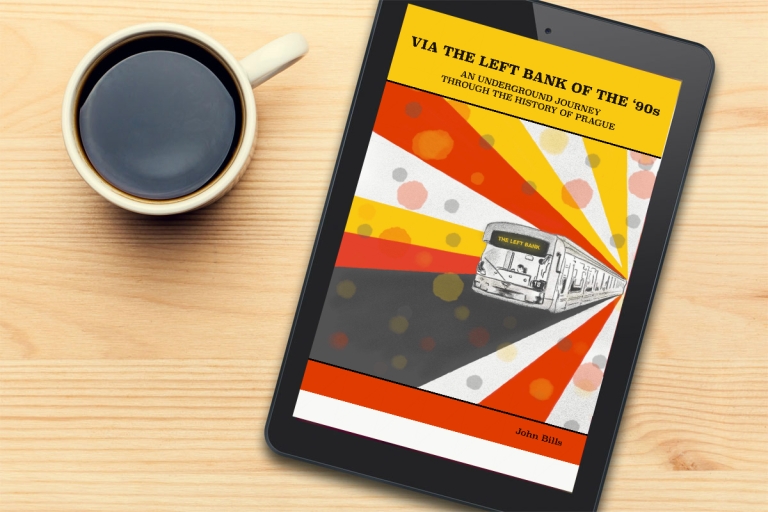The resurrection of Hradčany saw it become an attractive part of the city for the nobility and the clergy, who quickly moved in and set up shop (often literally). It became a royal town in 1598, at the decree of Emperor Rudolf II. A strange boy he was, a sexual vagrant who received as much blame for the Thirty Years’ War as he did praise for the Scientific Revolution. He’s the guy you’ve probably seen on the internet painted as Vertumnus (the god of plant growth). He had many illegitimate children, among them the notorious Don Julius Caesar d’Austria, a schizophrenic who lived in squalor and brutally murdered the daughter of a local barber before living with the severed pieces of her body in his apartment. He had actually attempted to murder the poor daughter before, throwing her out of a window and assuming the deed done. She somehow survived, and her parents unbelievably demanded she return to the Don. He didn’t fail a second time, beheading the girl and ending her life. Rudolf II had no intention of defending his bastard seed, and the Don was sent to prison for the rest of his days, which numbered just over a year before his death in 1609.
So compared to the murderous rampaging of his schizophrenic, misbegotten child, Rudolf II wasn’t all that bad. In fact, he is probably second only to the aforementioned Charles IV when it comes to iconic emperors from these lands. That is all the more remarkable because Rudolf II had absolutely no intention of carrying out his usual tasks as a leader, choosing instead to embrace the unusual and the unorthodox as opposed to the day-to-day rule of the peasants. His divergent existence started early, as he witnessed the cruel burning of a group of heretics in Spain while just a young pup. This obviously had a big impact on the young Rudy, and any hope he had of escaping his family’s history of mental illness more than likely went out of the window. If you want to take that as a defenestration joke, you are more than welcome. Either way, Rudolf had long decided he wasn’t really interested in the job of Holy Roman Emperor, which was a bit of a shitter as the crown soon fell on his head. He thus delegated away most of his imperial tasks, allowing himself to live in Prague Castle and turn the Golden City into a hotbed of modernist thought.
Rudolf’s private art collection contains enough hearsay and legend to fill an entire book, but the fruitman will have to be happy with just a few short paragraphs in this lengthy tome. He was somewhat ahead of his time when it came to surrealism, and his life as a provocateur in the city only encouraged this. His collection contained such preposterous and obviously mythical items as two nails from Noah’s Ark and the horn of a unicorn. He also collected animals, leaving them to freely wander the grounds of Prague Castle. It doesn’t feel right to refer to anything in his collection as a ‘highlight’, but it is difficult to look past the ostentatious Devil’s Bible, or Codex Gigas (literally ‘Giant Book’) to give the Latin. This was (is) a 120lb piece of work that covered all human knowledge at the time and was written in a number of languages (including Hebrew, Latin, Greek and Old Slavonic). People were quick to jump to assumptions at the time (early 13th century), so it was quickly surmised that this could only be the work of Beelzebub himself, ol’ Lucifer. The book was created by the endearingly-named Herman the Recluse, a monk who was imprisoned for life but allowed freedom if he could create a book that included everything mankind knew, a task he had to complete in one night. He got to about midnight before giving up, deciding it would be easier to sell his soul to the Devil in order to get the job finished. The Swedes stole the book at the end of the Thirty Years’ War, with two soldiers tasked with carrying it the entire 1,427km to Stockholm.
But back to Rudy. He was obsessed with gold, much like Johan van der Smut, and was utterly convinced that he could make it. Well, not ‘he’ exactly, but a crack team of alchemists brought from all over the land. Rudolf decided that the best course of action was to lock them in a tower and refuse to let them out until the precious metal was made. They alchemists were obviously unsuccessful, and they decided to cut off their beards in protest. It was believed that the beards of these protoscientists was the source of their power, so the gig was well and truly off. It added an extra chapter to Prague’s proud (possibly the incorrect word) history of alchemy, much of which came about thanks to the idiosyncratic mind of the great Rudolf II. He died in 1612, some nine months after all his power had been stripped from him by his younger brother. Rudolf II was a great patron of the arts, but he was an utterly useless political leader. If the aim is to leave a campsite in better condition than you found it, his rule was a total failure. Still, Rudolf II is remembered fondly by most in the modern age.
In Via The Left Bank of the ‘90s, John Bills takes the reader on a tour of Prague using the underground network as his guide, from the birth of the city at Vyšehrad through to the Velvet Revolution at Národní Třída and everywhere in between, including blokes who loved orchids and no small amount of executions. This is everything you ever wanted to know about Prague, and then some. The eBook available in our splendid little shop here.

